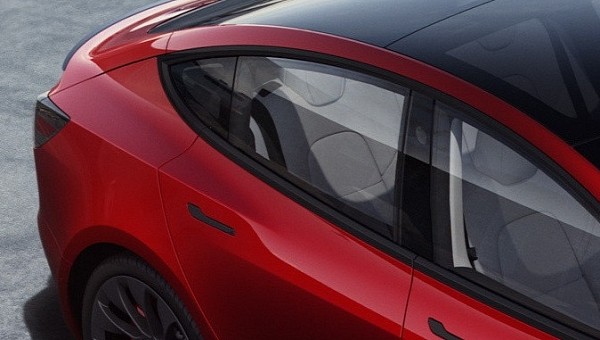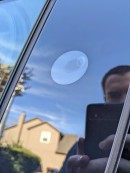A Tesla owner has sparked a discussion on Reddit that more electric car owners could benefit from. The topic was the condensation that appears inside the car's pillar cameras.
”Has anyone else experienced condensation on both the pillar cams? It caused AP to disengage due to blockage,” writes the person who uploaded the video.
After that several Tesla owners who faced the same problem responded. One of them received a message from Tesla service telling him that it was normal for that condensation to appear. Tesla service confirmed that condensation can form inside the camera enclosures, especially if you park your vehicle outside in cold or wet conditions. The car system may display an alert stating that a camera is blocked. In that case, until the camera vision is clear, some or all Autopilot features may be temporarily restricted.
The solution to proactively dry the condensation would be to precondition the cabin by setting it to a warm temperature, turning the windshield defroster on, and directing the front air vents toward the door pillars. The cameras are not sealed by design so this is an unusual characteristic.
If the condensation on the B-pillar cameras is normal and cleared by the air conditioning running in the car is not as simple as like condensation in headlights. Any condensation in the headlight should be unacceptable. The main reason is that it reduces the light output and changes the beam focus. Not to mention that electricity and moisture don't mix well at all and could lead to a short circuit. Those headlights or tail lights need to be replaced.
But what is condensation and when does it occur? Well, condensation inside a space, no matter how small, occurs when the temperature inside is different from that outside. Warm air meets cold glass and turns water vapor into water. This causes that haze that hinders your vision.
After that several Tesla owners who faced the same problem responded. One of them received a message from Tesla service telling him that it was normal for that condensation to appear. Tesla service confirmed that condensation can form inside the camera enclosures, especially if you park your vehicle outside in cold or wet conditions. The car system may display an alert stating that a camera is blocked. In that case, until the camera vision is clear, some or all Autopilot features may be temporarily restricted.
The solution to proactively dry the condensation would be to precondition the cabin by setting it to a warm temperature, turning the windshield defroster on, and directing the front air vents toward the door pillars. The cameras are not sealed by design so this is an unusual characteristic.
If the condensation on the B-pillar cameras is normal and cleared by the air conditioning running in the car is not as simple as like condensation in headlights. Any condensation in the headlight should be unacceptable. The main reason is that it reduces the light output and changes the beam focus. Not to mention that electricity and moisture don't mix well at all and could lead to a short circuit. Those headlights or tail lights need to be replaced.
But what is condensation and when does it occur? Well, condensation inside a space, no matter how small, occurs when the temperature inside is different from that outside. Warm air meets cold glass and turns water vapor into water. This causes that haze that hinders your vision.







